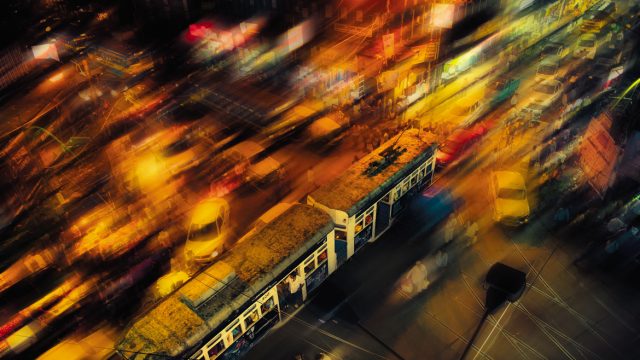Sabarna Sangrahshala
A private museum, it is located inside a heritage building, part of the Sabarna Roy Choudhury household in Barisha, on the southern part of Kolkata. It was from this family that the English East India Company leased the three villages of ‘Sutanuti, Kalikatah and Govindapur’ in 1698, which together formed the basis of the city of Calcutta (now Kolkata). The gallery displays rare articles, artefacts, coins and stamps, maps and documents, including the historical Lease Deed of 1698. There are some old terracotta temples in the area. The museum (http://www.sabarna.faithweb.com; helpline: 98302-89400) is open on all days, except Thursday, between 10am and 12 pm and again between 5pm and 7pm.
Dalhousie Square/BBD Bagh

The heart of Kolkata’s business district, the former Dalhousie Square, now known as Benoy Badal Dinesh Bagh, is a study of colonial architecture (or what remains of it). A curated walk with any of the heritage walk associations (you may try Calcutta Walks, http://calcuttawalks.com/) is the best way to go about it. According to the World Monuments Fund, Dalhousie Square is one of south Asia’s few surviving colonial centres; it is unique in India because much of its peripheral environment remains intact. The buildings that line the square range in date from 1695 and 1947. Some of the landmark buildings are the Writers’ Building, the General Post Office, the Royal Insurance Building, The Royal Exchange Building, the Telegraph Office, Kolkata Town Hall, St John’s Church, etc.
Victoria Memorial

Standing resplendent in the middle of a landscaped garden, the Victoria Memorial in Kolkata has come a long way from being a monument commissioned by Viceroy Lord Curzon in honour of the deceased queen. The grand edifice of white marble (from the same Makrana quarry that supplied the stone for the Taj Mahal) was built at a cost of more than rupees one crore and opened to the public in 1921. Today, it houses six galleries and a large collection of Indian and Western painting, coins, rare books and photographs, lithographs and aquatints, arms, manuscripts and sketches, etc. Open between 10am and 5pm, on all days except Mondays and national holidays, Victoria Memorial Kolkata (http://www.victoriamemorial-cal.org) offers free guided tours (35-40 minutes) of the galleries every hour between 11 am and 4pm. Audio guides available too. Ticketed entry but photography is not allowed.
College Street
The crowd and the noise may be overwhelming to the uninitiated but this is the ‘intellectual’ hub of Kolkata. The Calcutta University and the Presidency University as well as several old schools and colleges are located here, arranged along the College Square (with a water body in the middle). The educational institutions and the neighbouring Medical College and Hospital has resulted in a spurt of shops selling books and medical paraphernalia. Locating some rare books in the road-side book kiosks is not unheard of. The Mahabodhi Society is also located here. Don’t miss a visit to the Indian Coffee House, which may look a tad grimy but the intellectual storm blowing over tea cups will convince you why the capital of West Bengal is also famous as the city of protests.
The Kolkata Tram

Take a ride on the Kolkata Tram (http://calcuttatramways.com) before this legendary mode of transport vanishes from the only city in India where it still survives. Some of the interesting routes include the one going past the Maidan (the green hub lying in the heart of Kolkata) or the one going along Chitpore Road (an area that predates Calcutta). Or take a tram ride to the Howrah Bridge Approach when you go exploring the morning flower market in the area. Take a ride during the off-peak hours. Sit by the window and observe the city from within. You may buy an all-day ticket or take a heritage ride (http://calcuttatramways.com/reconnecting-trams-and-built-heritage/) on Sundays. A visit to Smaranika tram museum will acquaint you with the history and memorabilia of the journey of the trams in Kolkata. The museum (with a small café) is housed in a vintage tram, built in 1938, and located inside the Esplanade Tram Depot.




